Snake plants, also known as Sansevieria or Dracaena trifasciata, are famous for their upright, sword-like leaves and low-maintenance care. But did you know these hardy houseplants can also bloom? Yes, snake plants can surprise you with stunning white or cream-colored flowers that release a sweet, jasmine-like fragrance. However, getting them to bloom is rare and requires just the right conditions.
In this guide, we’ll show you how to encourage your snake plant to flower naturally at home. From proper care tips to understanding its blooming behavior, you’ll learn everything you need to know to enjoy those elusive blossoms.
Do Snake Plants Really Flower?
Yes! Snake plants can flower, but it’s uncommon. The blooms usually appear on a long stalk called an inflorescence and feature small, tube-like flowers that open at night. These flowers are beautiful and fragrant, often attracting pollinators in nature.
However, snake plants don’t follow a regular blooming cycle like other plants. Flowering usually happens when the plant is under slight stress or kept in specific environmental conditions.
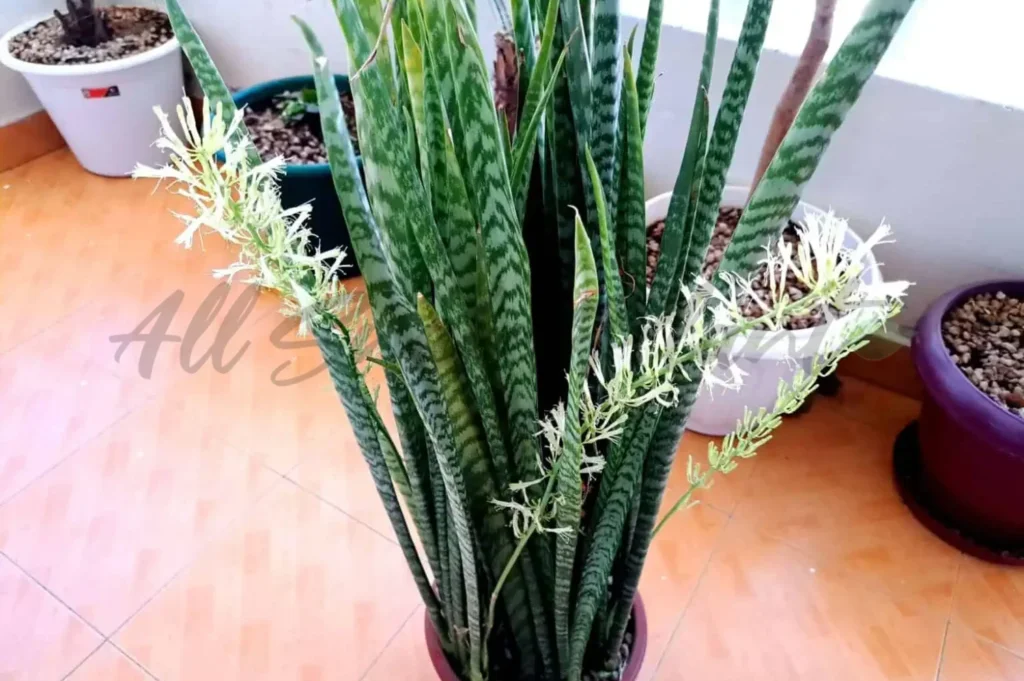
What Triggers a Snake Plant to Flower?
Snake plant flowers are a result of maturity and mild stress. Several factors influence blooming:
- Age of the plant – Snake plants usually need to be several years old before flowering.
- Mild stress – Surprisingly, a bit of stress like being root-bound can trigger blooming.
- Light conditions – Bright, indirect sunlight is crucial.
- Seasonal timing – Flowering often happens in spring or summer.
How to Make Your Snake Plant Flower
To increase your chances of seeing your snake plant bloom, follow these care steps:
1. Provide Bright, Indirect Sunlight
Sunlight is a key ingredient in getting your snake plant to flower. Place your plant in a location where it can receive 6 to 8 hours of bright, indirect light each day. A spot near an east or south-facing window works best.
Avoid placing it in low light for too long, as insufficient light can delay or prevent flowering.
2. Allow It to Become Root-Bound
This might sound strange, but keeping your snake plant in a slightly root-bound condition can actually encourage flowering. When the roots fill the pot, the plant experiences mild stress, which can trigger blooming as a survival mechanism.
If your plant seems healthy and the roots are tightly packed, resist the urge to repot right away.
3. Water Sparingly
Overwatering is one of the most common problems for snake plants. To mimic its natural environment and encourage blooms:
- Let the soil dry out completely between waterings.
- Use a pot with good drainage holes.
- Water only when the top 2 inches of soil feel dry.
Too much water can lead to root rot, which will prevent flowering.
4. Maintain Optimal Temperature and Humidity
Snake plants thrive in warm, dry conditions. To promote blooming:
- Keep indoor temperatures between 60°F and 85°F (15°C to 29°C).
- Avoid placing the plant near cold drafts or heaters.
- Maintain low to moderate humidity levels.
Consistency is key. Sudden changes in temperature or moisture can stress the plant in the wrong way.
5. Fertilize During the Growing Season
Fertilizing your snake plant with the right nutrients can help it grow strong and healthy, ready for blooming.
- Use a balanced, all-purpose fertilizer (10-10-10 or 20-20-20).
- Apply fertilizer every 4 to 6 weeks during spring and summer.
- Avoid over-fertilizing, which can damage roots and reduce the chance of flowering.
6. Be Patient and Consistent
Snake plants grow slowly and take time to mature. It might take several years before your plant is ready to bloom. Continue giving it the best care, and you’ll be rewarded eventually.
What Do Snake Plant Flowers Look Like?
When your snake plant does bloom, you’ll see a tall stalk (often up to 3 feet long) emerging from the base. Along the stalk, small creamy-white or pale green flowers will appear. These flowers often open in the evening and release a sweet, strong fragrance.
They only bloom once a year, and in most cases, a plant may flower only once in its lifetime.
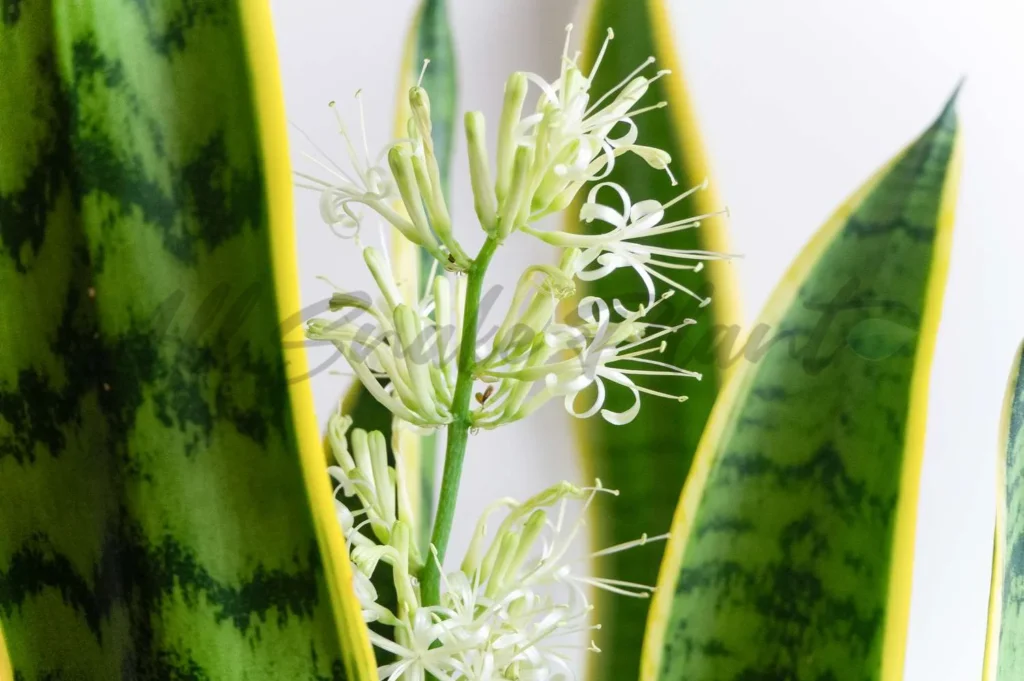
Are Snake Plant Flowers Harmful?
Snake plant flowers are not harmful, but the strong scent may trigger allergies in sensitive individuals. Also, the sap from the plant, including the flowers, can be mildly toxic to pets if ingested.
If you have cats or dogs, it’s best to place the plant out of their reach
Frequently Asked Questions (FAQs)
What type of soil is best for snake plants to flower?
Use a well-draining cactus or succulent soil mix. Good drainage is important to prevent overwatering and promote healthy growth.
Do indoor snake plants flower?
Yes, indoor snake plants can flower if given the proper care. Bright light, limited watering, and some stress from being root-bound can encourage indoor plants to bloom.
Should I prune the flower stalk?
Once the flower fades and dies, you can cut the flower stalk at the base. This helps the plant focus its energy on leaf growth rather than maintaining the dead stalk.
Conclusion
Making your snake plant flower is not impossible; it just takes time, patience, and the right environment. Provide bright light, avoid overwatering, allow it to become slightly root-bound, and offer seasonal fertilizer. While blooming is rare, the sight and scent of snake plant flowers make the wait worthwhile.
With consistent care and a bit of luck, your snake plant may reward you with its beautiful and fragrant blossoms.



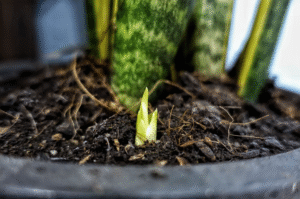
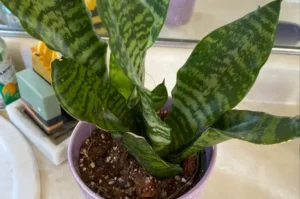
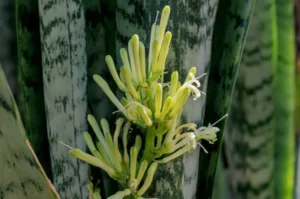

7 thoughts on “How to Make Your Snake Plant Flower”
Thank you very much for this Snake Plant information. I hope to someday have mine flowering 🫶🏻
I got the snake plant in completely different conditions like low light, indoors and Not root bound. I was surprised as it was the first time I saw the flowers.
Very good information for snake plant thank you
My snake plants have grow flower it is so beautiful
Here in south Africa the snake plant blooms without any encouragement. Have hundreds in my garden. Make great border plants as well as pot plants. Outside only
Oh nice but do apply fertilizer
Thank you for sharing the information